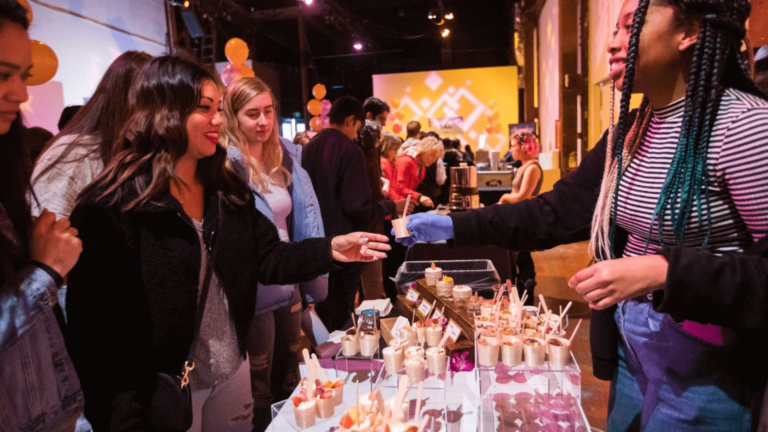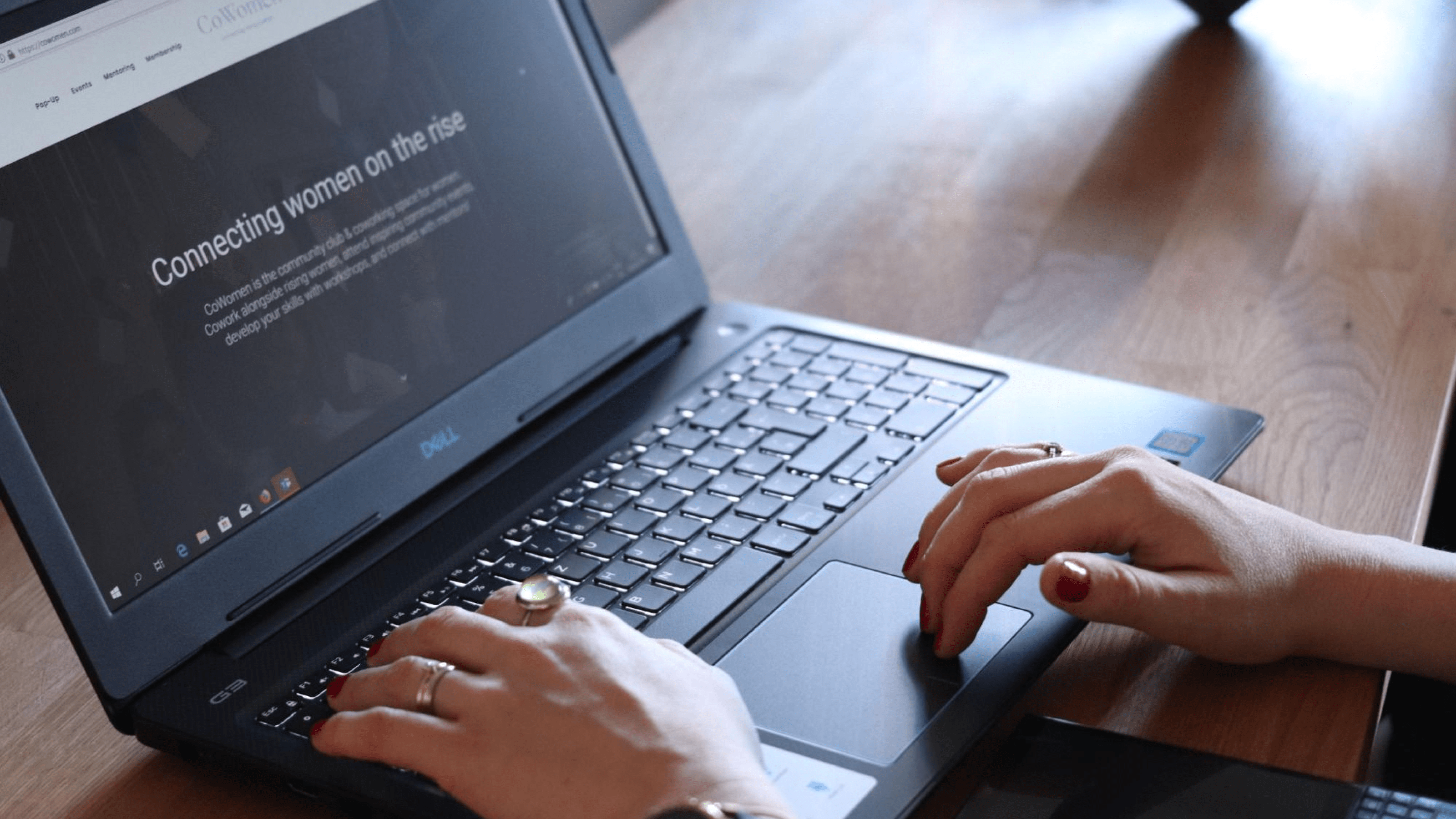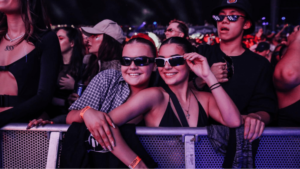Struggling to boost ticket sales and get people to attend your events?
We get it.
If you want to improve your event promotion, you’re in the right place. We’ll take you through the basics of event reminder emails to help you increase attendance at your event and sell last-minute tickets.
As an event management platform, we know a thing or two about what works when it comes to event emails. We help 800,000 global event creators sell over 284 million tickets each year.
Here are our top tips for creating a successful reminder email, plus some useful templates you can download and customize.
Table of Contents
The classic event reminder email
A friendly reminder email for your event
A party event reminder message
An event reminder for confirmed guests

Top tips for writing a reminder email for an event
Before we get to the email reminder templates, let’s start by outlining some best practices for writing a successful event reminder email.
1. Craft a compelling subject line
The subject line strongly influences whether readers open or ignore emails. One study found that 33% of people will open an email based on the subject line alone.
Here are some tips for crafting a subject line:
- Keep it short and sweet. In a world where over 333 billion emails are sent every year, you want a short and snappy subject line to cut through the noise. Mailchimp recommends you use no more than nine words and a maximum of 60 characters. This email marketing giant also suggests you limit punctuation so it’s easier for people to read.
- Create a sense of urgency. Build anticipation and excitement about the email’s contents by sharing that there’s something in it for them. For example, phrases such as ‘Don’t miss out!’ or ‘Discount ends soon… get your tickets now!’ can entice people to open your reminder emails to avoid missing out on a sweet deal.
- Use A/B testing. A/B testing can boost your ROI by 28% because it allows you to see what’s working. For example, test different types of language, calls-to-action (CTAs), or sending times to see what works best for your subscribers.

2. Differentiate yourself from other event emails
By the end of 2026, 392.5 billion daily emails will be sent and received. To differentiate yourself from all the other emails people receive daily, you need to think about how to stand out from the crowd.
Take a look at some of the ways to make your reminder emails pop:
- Use humor. 91% of people say they prefer brands to include humor, and 72% would choose a brand that uses humor over the competition. Add a pun in your subject line or a joke in your email to create some laughs, build a voice for your brand, and develop a connection with potential attendees.
- Consider emojis (sparingly). Emojis can be a great way to make your subject line or preview text pop. If you’re hosting a pizza party, consider a subject line like ‘Fancy a slice? 🍕 Join the pizza party revolution!’ However, you should only use them sparingly. Using too many can clutter your subject line and trigger spam filters.
- Make your emails skimmable. Use short sentences, bullet points, and less text so that readers can instantly see the event details and how to buy tickets. Mailchimp suggests keeping emails under 200 words and using shorter words to make content more skimmable and easy for everyone to understand. They also recommend keeping sentences under 25 words to make emails snappier.
3. Use personalization
Personalization builds emotional connections with your subscribers. It can also help you grow your event business: fast-growing companies get 40% more of their revenue from personalization than slower-growing companies.
In fact, 71% of consumers expect companies to deliver personalized interactions, and 76% are frustrated when this doesn’t happen.
Here are some ways you can personalize your reminder emails:
- Segment your audience. This involves grouping your audience based on different characteristics. Then, you can create personalized reminder emails for each group. For example, you could group subscribers based on whether they’ve attended your events. Segmented email campaigns get 14% more opens and 100% more clicks, so it’s worth considering.
- Address any pain points. Consider why people might have reservations and address these challenges in your email. Are they worried about ticket prices? The length of the event? Attending solo? Addressing these concerns shows your audience that you understand their reservations and offer solutions to overcome these barriers. This makes them more inclined to buy tickets.
- Use automation. This approach can be a great way to personalize your follow-up emails. With Eventbrite, for example, you can automate follow-up emails when someone’s about to buy tickets to your event but they don’t complete the transaction. The automated reminder email prompts them to return to the cart and finish the checkout experience.
Create personalized email campaigns.

4. Make it easy for people to RSVP
A simple but effective CTA is important in reminder emails. People want a frictionless buying experience. Make it seamless for people to buy tickets for a higher chance of sales.
Check out some of our tips on how to boost ticket sales with a clear and concise CTA:
- Make the CTA stand out. One study found that using a prominent color for your CTA button (like red) can increase clicks and conversions by 232%. So you want people to see exactly where to sign up for tickets. Add a button, use a bold color that stands out from the rest of the email, and keep it above the fold for the best results.
- Keep the CTA simple. People value simplicity when interacting with brands or making buying decisions. In fact, 76% of people are more likely to recommend a brand that delivers simplicity. Use straightforward, active language that clearly shows your audience what happens if they click the button. Something like ‘Sign up here’ or ‘Reserve your spot’ will do the trick.
- Add a single CTA. Research found that 43% of email marketers added one CTA to their emails to get the best results. Adding more than that can be overwhelming, preventing people from buying tickets. So keep things simple, and only add one CTA in your reminder email.
Event reminder email templates
We’ve covered some of the best practices for writing reminder emails. Now, let’s walk through some reminder email templates that can help you sell out your event.

1. The classic event reminder email
This classic email template is the ideal first-reminder email in a sequence of follow-ups. It keeps things light and informative but still encourages guests to buy tickets. Think of it as a gentle nudge in the right direction, reminding people that your event is taking place and that you’d love to see them there.
When writing a classic event reminder email, keep things as concise as possible. You want people to glance at the email and instantly have the essential event details. Include the need-to-know event details, show people why they should attend, and add a clear CTA for them to sign up.

2. A friendly reminder email for your event
This friendly email template is casual and informal, and sounds like you’re talking to a friend. The relaxed and personal tone helps you build relationships with past guests and encourages them to attend another event.
Although this quick reminder email has an easygoing tone, it’s important to strike a balance with some level of formality. For example, you still need to include key details, such as the time and place of the event, a link to buy tickets, and so on. Don’t let the laid-back tone trick you into forgetting the essentials.

3. A party event reminder message
Use this party reminder email for an upcoming party you’re hosting, like Acme Feed & Seed’s annual 4th of July celebration. Set the tone for your event, and show potential guests they’ll miss out on a good time if they don’t buy tickets ASAP.
Use fun, active, and engaging language when writing a party reminder email. If the tone of your email is plain and monotonous, you won’t inspire guests to attend. You can also use images to break up the text and make it more visually appealing. Include visuals from previous events to let people see why they shouldn’t miss your parties!

4. A countdown reminder email
The countdown reminder email tells people when your event takes place and creates an urgency to secure a ticket. It’s a helpful template if you’re nearing the event date and still have spots to fill.
When using this template, ask yourself why your event is worth attending, and make sure your email clearly outlines this information. That way, people will really feel the pressure of the countdown and won’t want to miss out.

5. A discount code email
This email template allows you to send a reminder email with a unique discount code. The code could offer reduced ticket prices or a buy-one-get-one-half-price deal; it’s totally up to you. When you’re fast approaching the event and still have tickets to sell, this template can entice people to hop off the fence and buy tickets.
If you send a discount code email, add an expiration date that’s quickly nearing. Letting people know when the discount ends can push them to reserve tickets sooner rather than later.

6. An event reminder for confirmed guests
Use this template to send final information to people who have already purchased a ticket, such as when and where the event takes place. Hopefully, that’ll reduce the number of no-shows and make sure everyone has all the information they need ahead of the big day.
If you’re sending a reminder for confirmed guests, it’s also a good idea to give them a way to contact you if they have questions. That way, no stone is left unturned, and everyone clearly understands what the event entails.
Now, we know what you’re probably thinking. Leading up to the event, you’ll be busy arranging last-minute details and putting out fires left, right, and center. Well, if you use Eventbrite to plan and manage your event, you can save yourself some time and automatically send a reminder email 48 hours before an event.

Use Eventbrite to manage events from start to finish
Now you’ve got a good idea of how to write an effective reminder email based on your type of event and when you need to send it.
Use these tips and templates to craft an eye-catching subject line, learn how to stand out from the sea of emails people receive daily, and learn ways to add a personal touch. Plus, you’ve got some handy templates for inspiration.
Planning an event means keeping track of a lot of tasks besides reminder emails. If you’re wondering how to further streamline your event planning process, try Eventbrite. You can easily manage event page creation, AI-generate event descriptions and emails, and much more.






